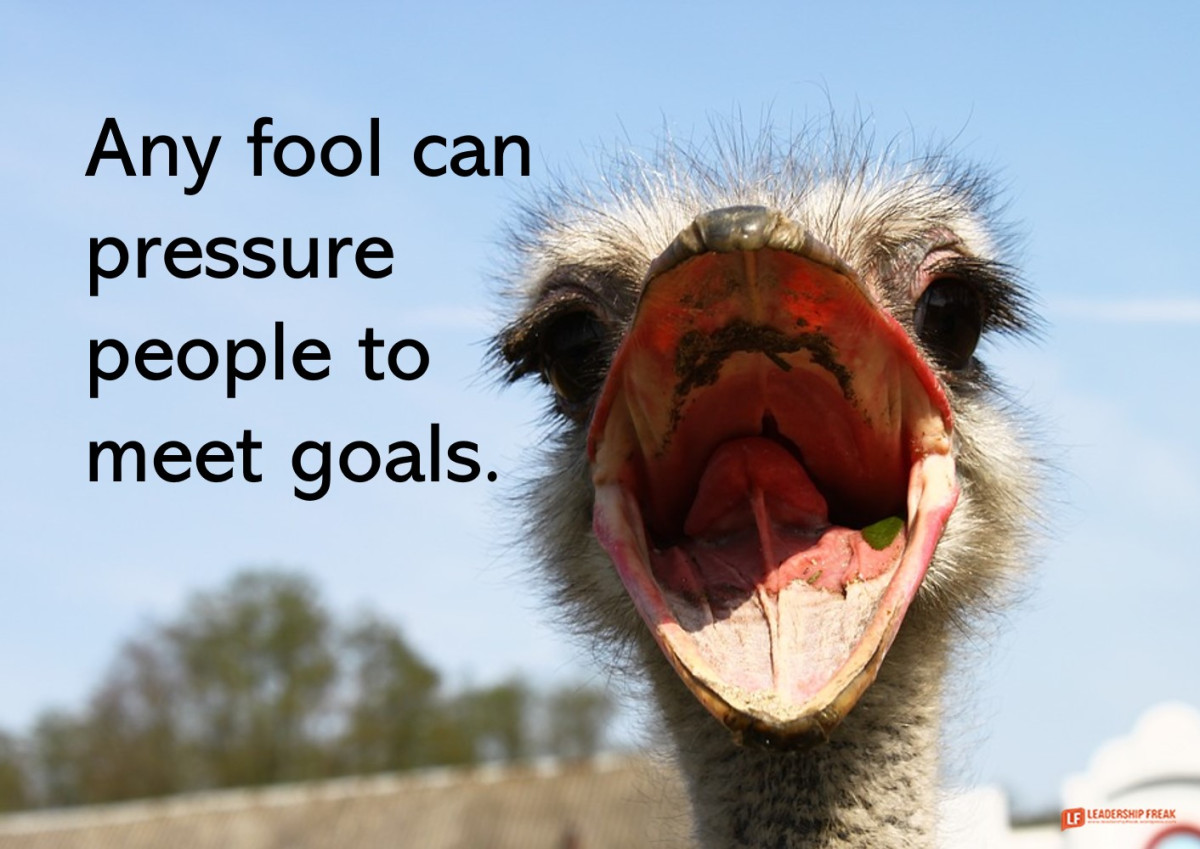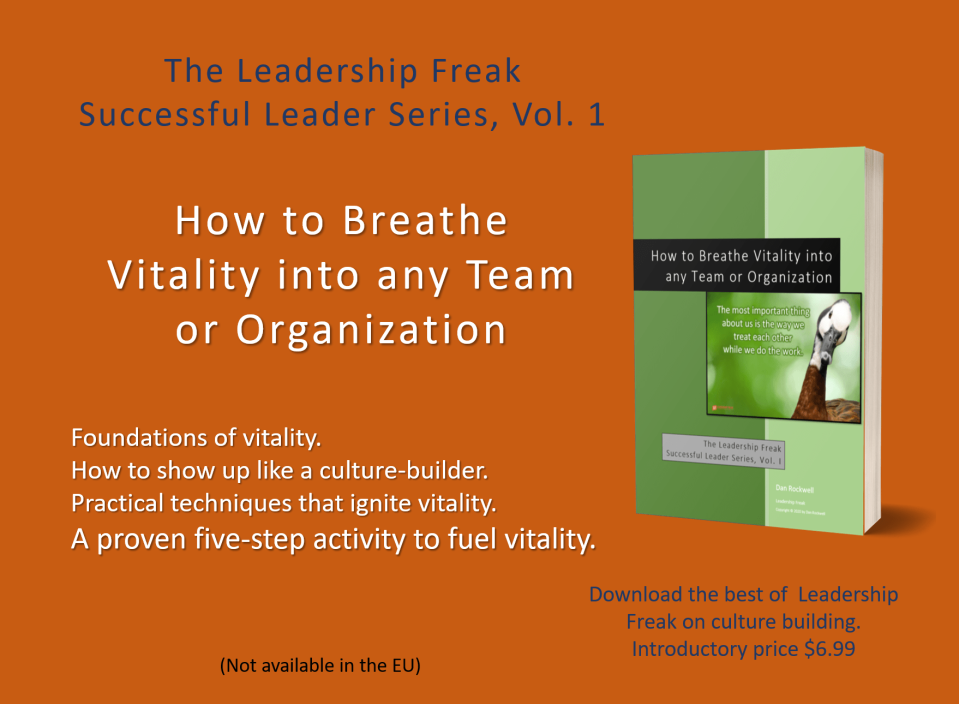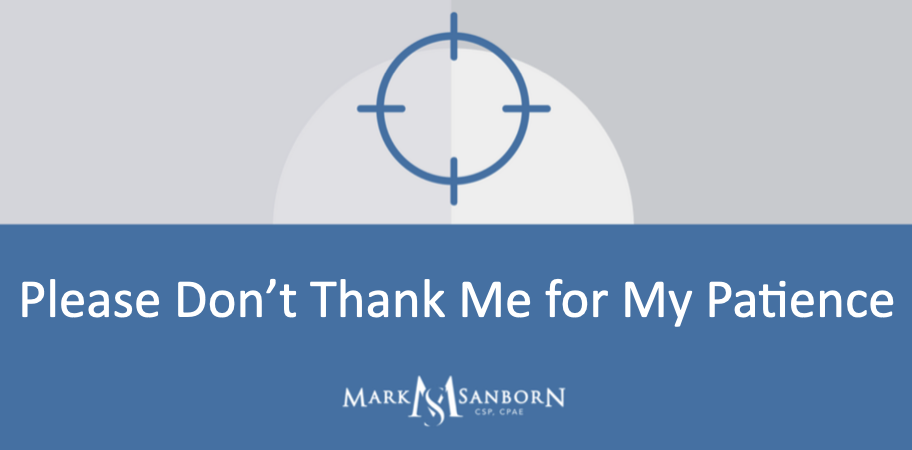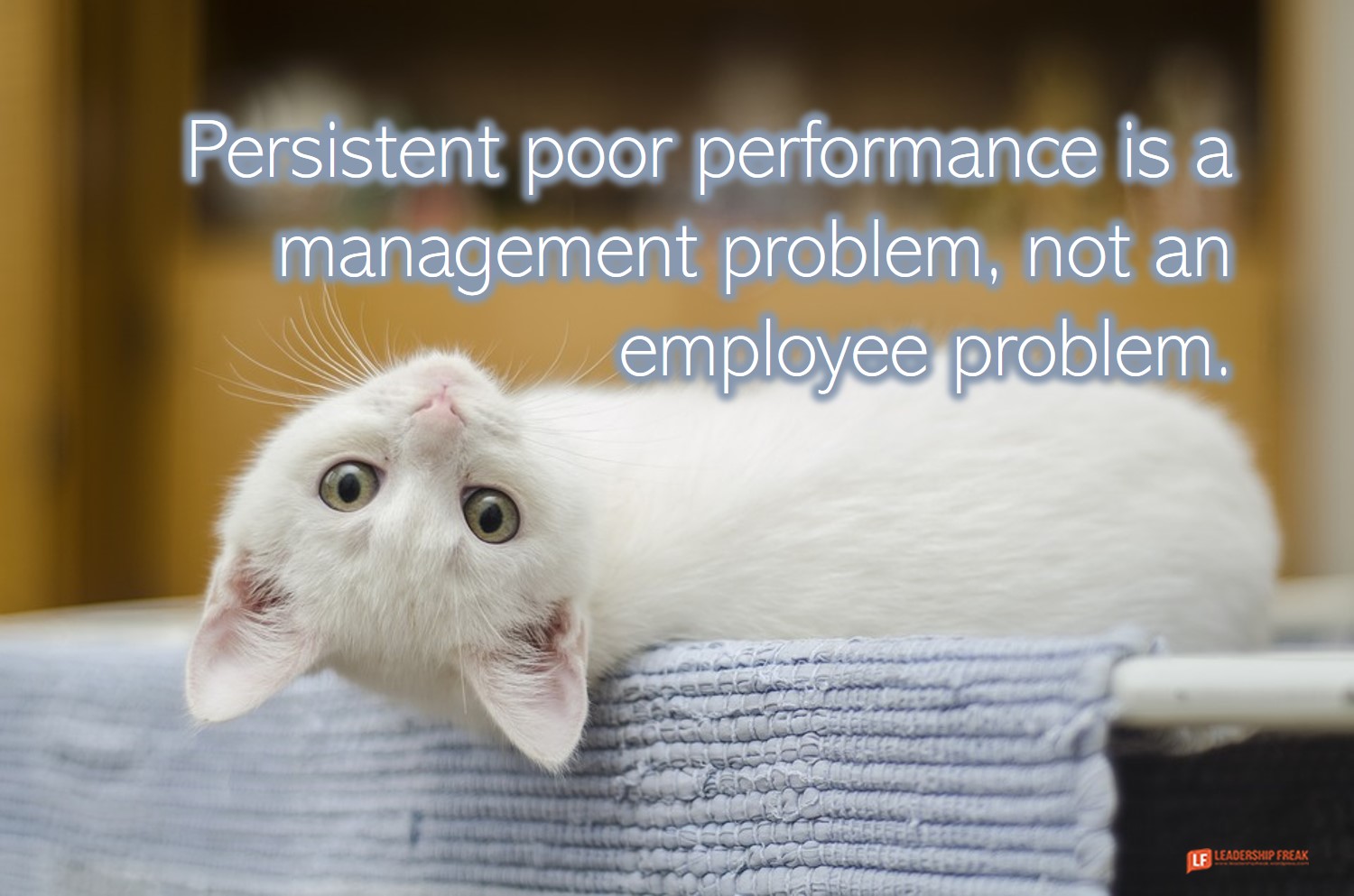Advertising and marketing have been infected with a serious virus: hyperbole.
I get messages everyday from people who promise they can help me crush it, make massive gains, offer an epic product, achieve awesome impact, etc.
Whatever happened to the philosophy of “underpromise and overdeliver”? Seems to me this hyperbolic marketing is the exact opposite.
There are many problems with this kind of marketing jargon, but here are some of the biggest:
- They are difficult if not impossible to define. What is the difference between being competitive, highly competitive, and crushing it? Next time someone says they can help you have massive impact if you retain their services, ask them exactly what they mean.
- Many making these grandiose claims don’t have any evidence that they are crushing it. How can they help you do something they likely haven’t accomplished?
- There is no way to quantify success (see #1). If you can’t measure it, you can’t prove you’ve achieved it. “Better” is not “massive” and “improvement” isn’t “crushing it.”
- Most offer no guarantee. Saying you can do something for a client and actually doing it are two different things.
So why do so many marketers and solopreneurs resort to this silliness? I’m guessing, and am pretty confident, that they are trying to set themselves apart. What they are doing is identifying themselves as copycats who have read the descriptions of others and think they must make similar claims or be left behind. In essence, they are joining an undifferentiated group of exaggerators.
What is the alternative? Consider the following:
- Find a way to capture attention that is different but believable.
- Quantify results. Instead of “massive results” offer a measurable percentage increase.
- Offer social proof: clients who are willing to give testimonials with specific results attained.
- What makes your process different instead of what makes your results similar.
- Skin in the game, whether that is a guarantee or a percentage of increase or improvement.
- Use a thesaurus and master the use of different words to communicate your message accurately.
- Offer something free before your client has to buy. Prove your worth with a small, easily-delivered sample.
- Relate specifically to your client or at least your client’s marketplace. Nobody can help everybody get better. Pursue a niche where you have the best results.
Hyperbole, exaggeration and cliches put off readers and prospects. Be believable, create value that is valued, and you won’t need to exaggerate to win business.
Mark Sanborn is an award winning speaker and Leadership Expert in Residence at High Point University, the Premier Life Skills University. For more information about his work, visit www.marksanborn.com.
For a free assessment and information about The Classic Fred Factor online training and a unique opportunity to license the training, go to www.FredFactor.com.
Author: Mark Sanborn
Mark holds the Certified Speaking Professional designation from the National Speakers Association (NSA) and is a member of the Speaker Hall of Fame. He was recently honored with the Cavett Award, the…








 Photo by
Photo by 



 Photo by
Photo by